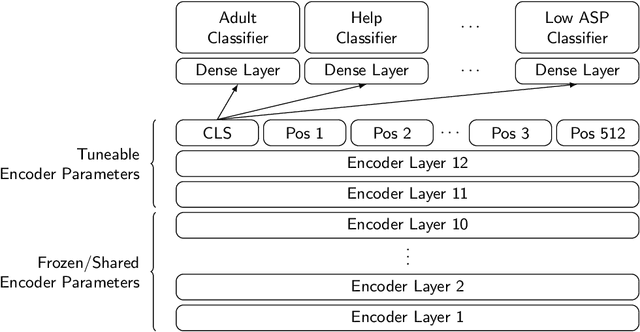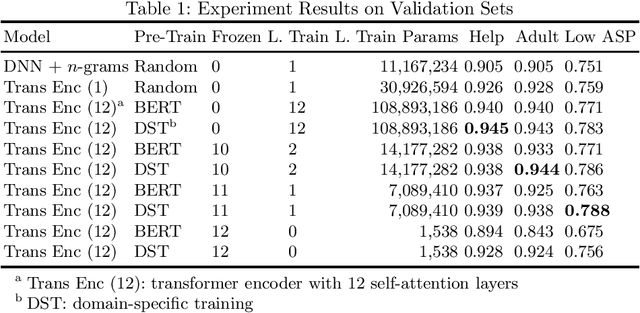Youna Hu
Graph-based Multilingual Product Retrieval in E-commerce Search
May 06, 2021


Abstract:Nowadays, with many e-commerce platforms conducting global business, e-commerce search systems are required to handle product retrieval under multilingual scenarios. Moreover, comparing with maintaining per-country specific e-commerce search systems, having a universal system across countries can further reduce the operational and computational costs, and facilitate business expansion to new countries. In this paper, we introduce a universal end-to-end multilingual retrieval system, and discuss our learnings and technical details when training and deploying the system to serve billion-scale product retrieval for e-commerce search. In particular, we propose a multilingual graph attention based retrieval network by leveraging recent advances in transformer-based multilingual language models and graph neural network architectures to capture the interactions between search queries and items in e-commerce search. Offline experiments on five countries data show that our algorithm outperforms the state-of-the-art baselines by 35% recall and 25% mAP on average. Moreover, the proposed model shows significant increase of conversion/revenue in online A/B experiments and has been deployed in production for multiple countries.
Shareable Representations for Search Query Understanding
Dec 20, 2019



Abstract:Understanding search queries is critical for shopping search engines to deliver a satisfying customer experience. Popular shopping search engines receive billions of unique queries yearly, each of which can depict any of hundreds of user preferences or intents. In order to get the right results to customers it must be known queries like "inexpensive prom dresses" are intended to not only surface results of a certain product type but also products with a low price. Referred to as query intents, examples also include preferences for author, brand, age group, or simply a need for customer service. Recent works such as BERT have demonstrated the success of a large transformer encoder architecture with language model pre-training on a variety of NLP tasks. We adapt such an architecture to learn intents for search queries and describe methods to account for the noisiness and sparseness of search query data. We also describe cost effective ways of hosting transformer encoder models in context with low latency requirements. With the right domain-specific training we can build a shareable deep learning model whose internal representation can be reused for a variety of query understanding tasks including query intent identification. Model sharing allows for fewer large models needed to be served at inference time and provides a platform to quickly build and roll out new search query classifiers.
 Add to Chrome
Add to Chrome Add to Firefox
Add to Firefox Add to Edge
Add to Edge